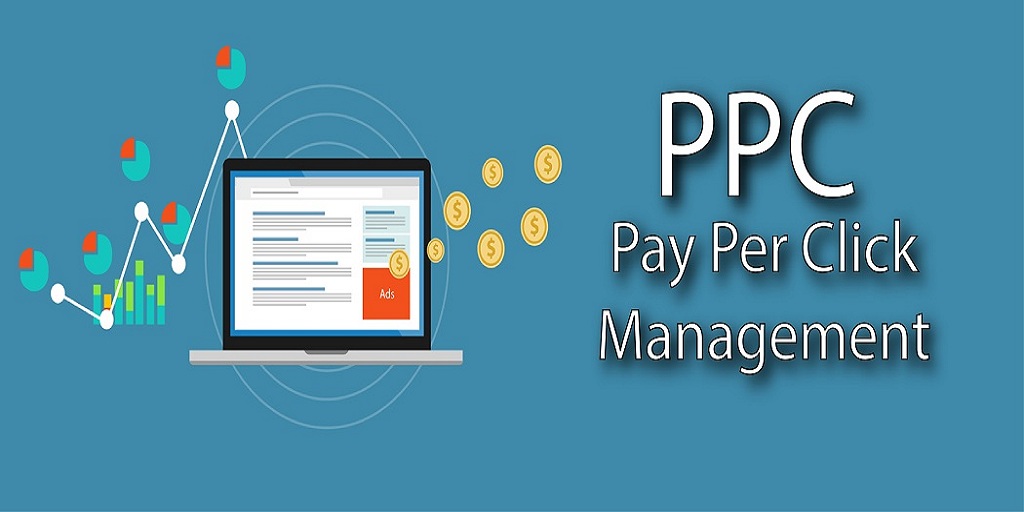
Pay-per-click advertising, such as Google AdWords, can be a great way to drive traffic to a website before organic digital marketing strategies, like SEO and social media marketing, have had time to blossom.
But that is only the case when your eCommerce PPC agency has properly targeted audiences, runs an effective bid management strategy, targets (and disqualifies) the right keywords, and runs continuous optimizations for your PPC ad campaign.
So, what metrics should they be looking at?
1. ROAS – Return on Ad Spend –
Return on ad spend gives an impression of how much money you make back on each penny spend, by comparing how much you spend and how much you make. This is one of the best indicators of a campaign that is performing well – but remember, a campaign can still make a ton of money and have a low ROAS if both expenditures and revenues are high – so while a high ROAS should always be the goal, a low one doesn’t mean a campaign isn’t performing well.
2. Impressions –
Impressions are how many people are actually seeing your ads. If impressions are low, it means your bid strategy is just no good, or people aren’t searching for your targeted keywords. Low impressions almost definitely mean you need to target different keywords, set new audiences, or adjust to a more aggressive bid strategy.
3. Impression Share –
Impression share tells you how often your ads are actually displaying for eligible queries. If it’s low, the rectification is often the same as for low impressions: change your keyword targeting or bid strategy.
4. CTR – Click-through Rate –
This one’s a bit tricky because both high and low click-through rates can be bad. Well, a low click-through rate is almost always bad, but a high click-through rate is bad if it’s high and conversions are low. Then you’re paying for clicks that go nowhere.
5. CPC – Cost-per-Click –
Cost–per-click is an average of how much you pay for each click. If it’s too high, it can drive down the profitability of the overall campaign; adjusting bidding and working on improving your quality score can help drive it down.
6. CPA – Cost-per-Acquisition –
This is an average of how much each conversion costs you, so it’s like one step further than CPC. Again, generally lower CPA scores are better, and driving them down can require lowering your budget. This may seem counterintuitive, but to drive down costs, you may need to cut spend.
7. Conversion Rate –
This is one of the most important metrics in all eCommerce PPC campaigns. It basically shows how many users are clicking and then buying (unless the conversion goal is something other than a sale). Low conversion rates can have many causes, including unengaging ad copy, issues with landing pages that cause bounce, or checkout complications. Your eCommerce PPC agency should actively help you to decipher the causes.
8. Conversion Value –
High conversion rates are a good thing, but not the best if the average conversion value is low. Remember, revenues need to be high enough to sustain the campaign.
Is It Time for a New eCommerce PPC Agency?
If you feel that your current eCommerce PPC agency just isn’t paying your PPC advertising campaign the attention it is due or has “set and forget” your account, then it might be time you start looking.
To realize the greatest possible gains on PPC strategies, your paid search marketing campaign provider should be poring over statistics every week in order to make adjustments to targeting and bidding that will improve one of your most important metrics – ROAS.
You want to make as much as possible for each penny spent. That is your agency’s job.
Start your search for a new strategic partnership with an eCommerce PPC audit from 1Digital AgencyⓇ.
They’ll show you where your eCommerce business’s opportunities lie and will even be able to make exceptions for improvement.


